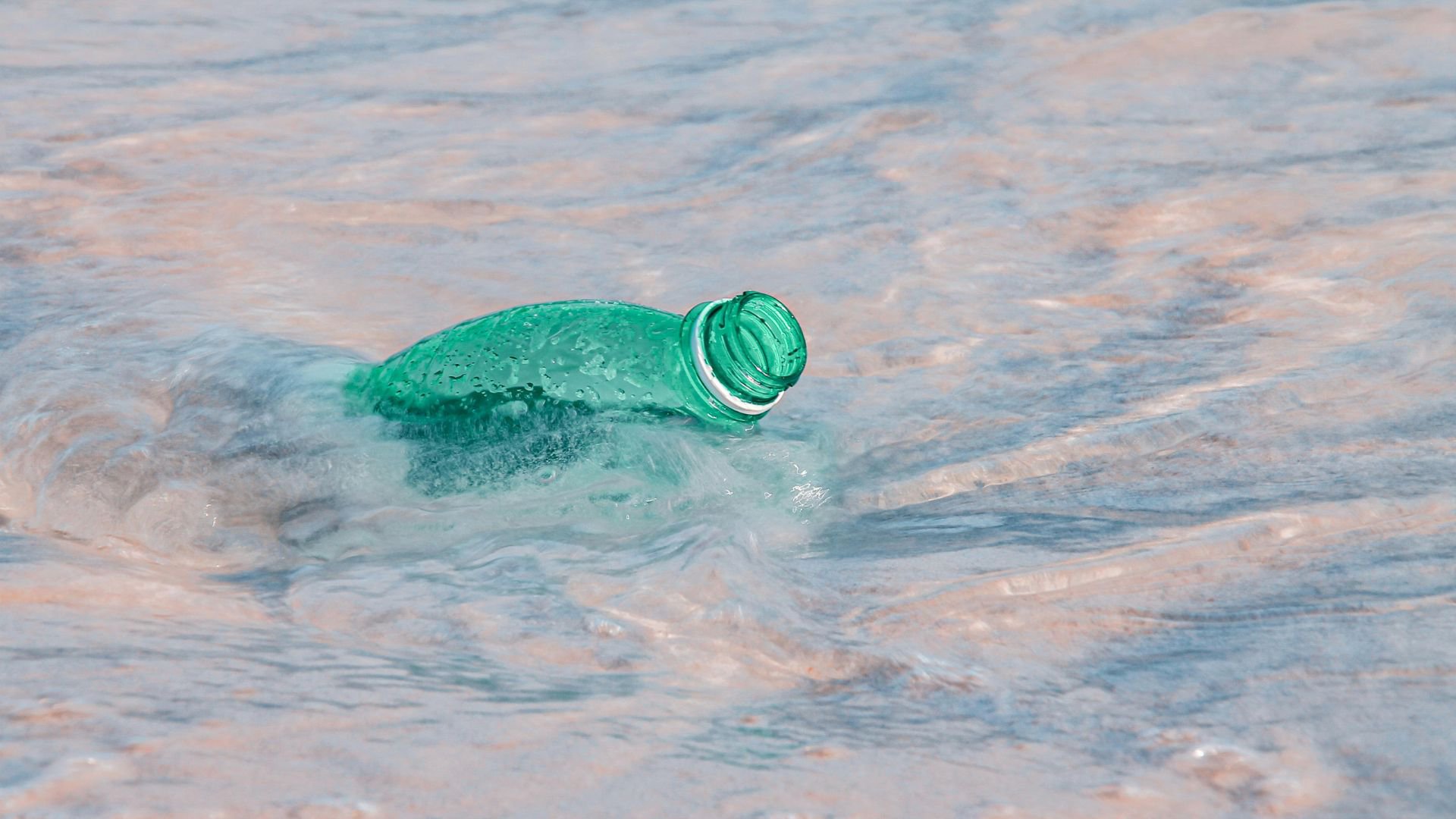The Friendly Foe
Plastic is an incredibly handy and versatile material. It's almost unimaginable to go a day without encountering plastic, whether it's packaging material for food and drinks, the keyboard you're typing on right now, or the dashboard of your car. There are countless types of plastics, each with their own uses. Unfortunately, nearly all plastics are made from fossil fuels.
Additionally, plastic packaging and insulation materials, in particular, often end up unintentionally in nature. This can happen when an empty package ends up on the street and breaks into smaller pieces over time, but even opening a package can scatter microplastics into the environment.
Bioplastic
An alternative to fossil fuel-based plastics is polylactide (PLA), made from lactic acid that is formed during the fermentation of sugars or starch. Although PLA is currently the most commonly used bioplastic, it has its drawbacks. It's difficult to process, and its biodegradability leaves something to be desired. It takes about 80 days for 80% of PLA to degrade, requiring high temperatures.
Greener Plastics
For these reasons, scientists went in search of an alternative. They found it in poly[D-LA-co-(R)-3-hydroxybutyrate] (LAHB). A mouthful, but this material is biodegradable and can be produced without fossil fuels, using microbes.
The bacterium Cupriavidus necator can be genetically modified so that it can produce the required carbon source for LAHB from CO2. Moreover, LAHB is easily degraded in seawater, where over 90% of the plastic can be broken down within a week. While this plastic isn't yet commercially used, its discovery opens up a world of possibilities. Which plastic do you prefer?
Source:
nature.com
and
acs.publication
s
Author: Eline van Bloois

